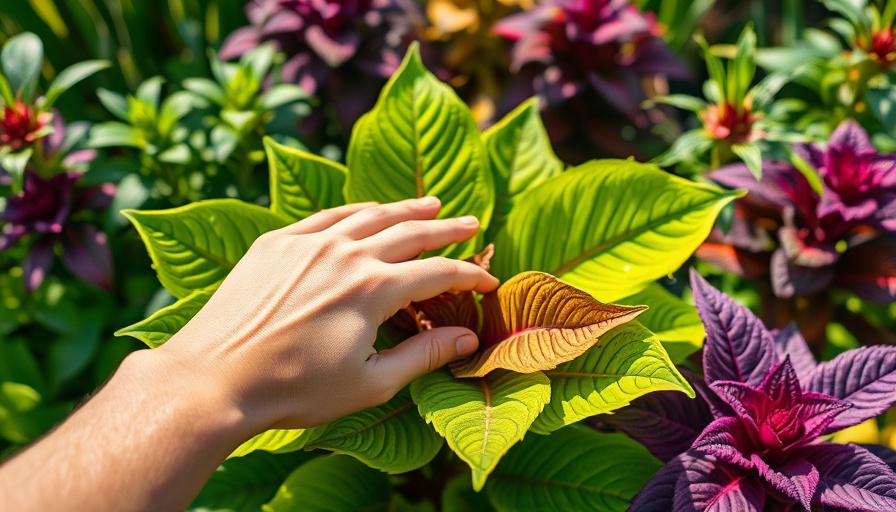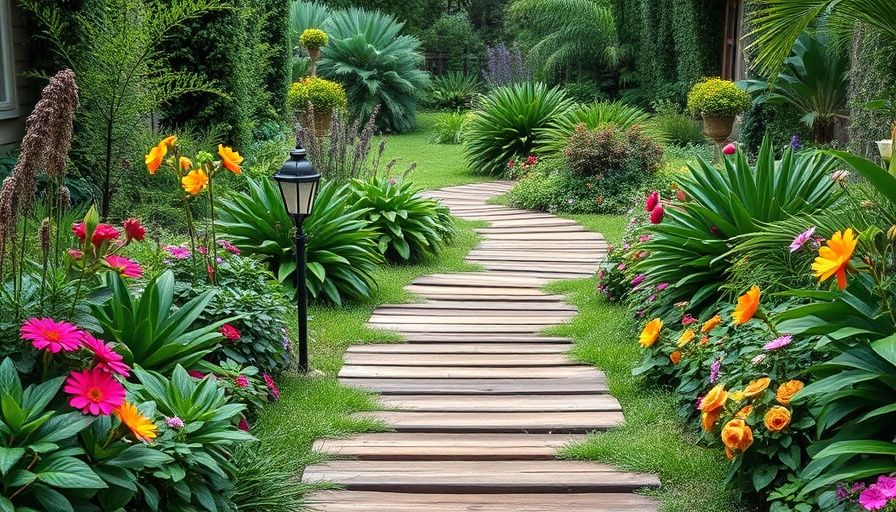
Discover the Secret to Thriving in Shady Gardens
For gardening enthusiasts, a shaded area can often feel like a no-go zone. However, as shown in The Best Plants For Shady Gardens, these hidden gems can be transformed into vibrant spaces full of life. Instead of resigning to barren patches, let’s explore some ingenious strategies to breathe new life into those dark corners of your garden, all while working within a budget.
In The Best Plants For Shady Gardens, the discussion dives into practical strategies for enhancing typically overlooked areas in gardens, paving the way for an exploration into how we can create more vibrant outdoor spaces.
The Challenges of Shady Spots
Transforming a shady garden begins with understanding the unique challenges these areas present. Trees or structures that block sunlight create compacted soil that can become hydrophobic, meaning water has difficulty penetrating. This lack of light and moisture leaves many plants struggling to thrive, leading to the misconception that nothing can grow in these areas.
Choosing the Right Plants: Essentials for Shade
When it comes to selecting plants for shady spots, opting for robust species is essential. The video showcases plectranthus varieties, such as the lovely Mona Lavender, which excel in dry shade and produce delightful flowers. These choices not only enhance aesthetic value but also bring diversity to your garden. Consider integrating hellaore (winter rose), cyclamen, and oakleaf hydrangeas, which all flourish under low-light conditions.
Upgrading Soil for Success
A crucial takeaway from our exploration is the importance of revitalizing the soil. The use of a soil wetter, as demonstrated in the video, can maximize water retention by breaking down hydrophobic barriers. Mixing compost with your soil enriches it, allowing for the growth of a wider variety of plants. These practical tips ensure that your shady garden isn’t just another neglected corner but a thriving extension of your home.
The Power of Mulching: Not Just a Last Step
Mulching plays an essential role in retaining moisture and preventing weeds. Choosing the right mulch—like a blend of wood chips and leaf litter—will create a natural look that integrates well with falling leaves. This kind of aesthetic consideration keeps the garden looking tidy year-round.
Compiling Kitchen Waste: Your Homemade Garden Gold
In your quest for a flourishing garden, don’t overlook the treasures in your kitchen. Composting transforms what is often seen as waste into nutrient-rich “black gold.” DIY compost setups, as presented in the video, are feasible even in small spaces, making a significant impact on your garden’s health.
Community Benefits: How Shady Gardens Impact Lives
Urban areas like Metro Vancouver face unique challenges with limited green spaces. Successfully utilizing shady gardens can contribute to enhancing community aesthetics, biodiversity, and even local wildlife habitats. These transformations promote not just personal enjoyment but also a sense of pride and communal responsibility.
Ultimately, a neglected shady spot doesn’t have to remain so. With thoughtful planning, careful selection of plants, and a little effort, you can be well on your way to creating a vibrant garden space—one that both beautifies your home and contributes positively to your community.
For those eager to start their gardening journey or interested in transforming their outdoor space, consider applying these insightful strategies. Don’t forget; every little effort counts towards creating beautiful urban oases!
 Add Row
Add Row  Add
Add 




 Add Row
Add Row  Add
Add 

Write A Comment